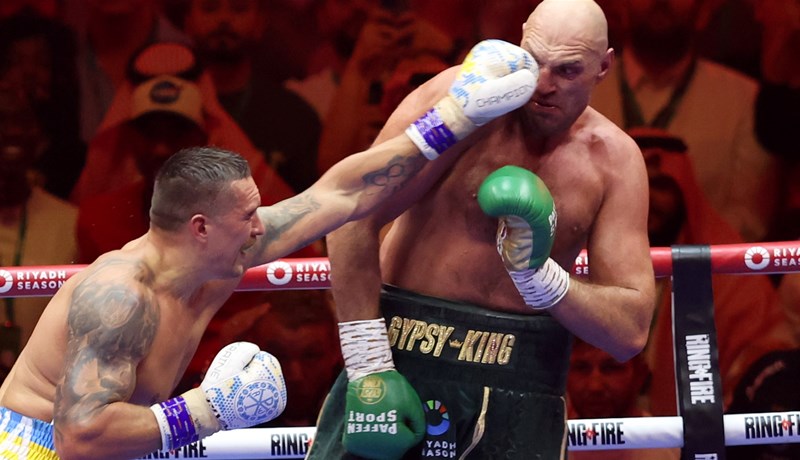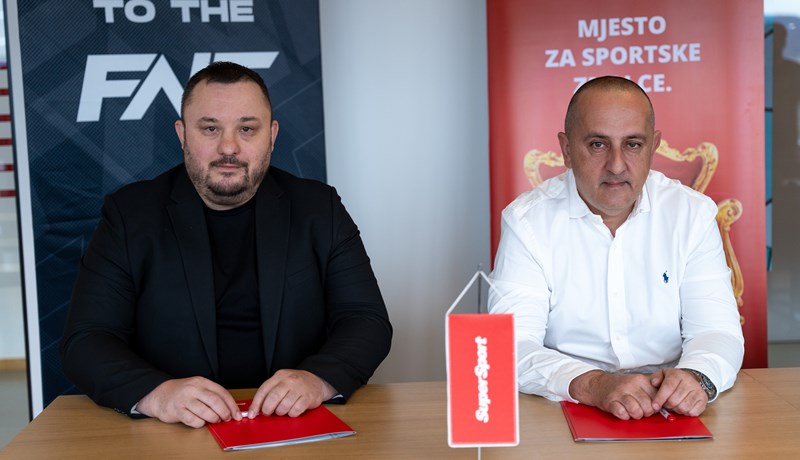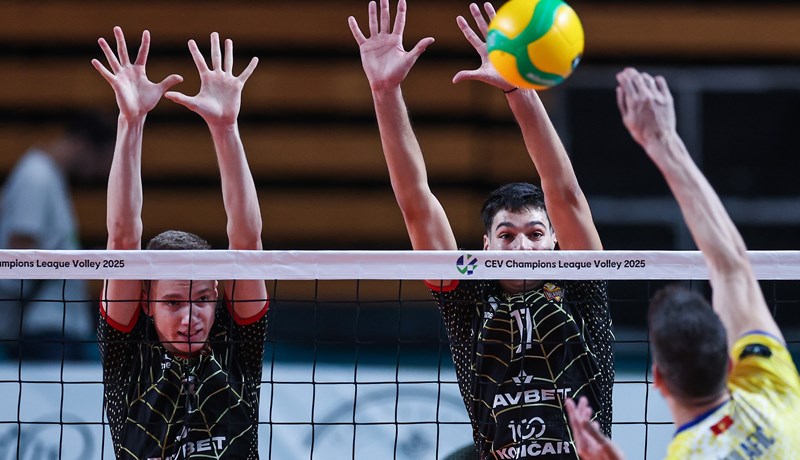Analysis: How Renault case came to light
| By Jonathan Noble |
Thursday, September 17th 2009, 13:30 GMT |
When
news first broke at the Belgian Grand Prix that the FIA was conducting
an investigation into the events at the 2008 Singapore Grand Prix, the
initial suspicion was that this was a case of a disgruntled former
employee going out for revenge.
The matter then disappeared below the radar for several days, with
neither Renault nor the Piquets making any further comment about it
prior to the FIA World Motor Sport Council hearing in Paris on
September 21.
Yet that all changed in the build-up to the Italian Grand Prix when,
on the Wednesday night before the race, AUTOSPORT revealed the first
details about the case - and how it revolved around a pre-race meeting
between Nelson Piquet Jr., Pat Symonds and Flavio Briatore.
That story resulted in the Renault controversy building up a huge
news momentum, with leaked documents, claims and counterclaims from
Renault, plus numerous press briefings at Monza dominating the weekend
before it was capped off with the departure of Briatore and Symonds on
Tuesday this week.
With the events having moved on so quickly, AUTOSPORT has pulled together all we know so far to shed some light on the affair.
HOW DID THE AFFAIR COME TO LIGHT?
By the Hungarian Grand Prix in August, Nelson Piquet Jr. knew that
his contractual situation at the team was precarious. In fact, Briatore
had informed the Brazilian driver shortly after the German GP that he
wanted to terminate his race contract.
Piquet's father was locked in discussions with Briatore about a way
forward - with his son having failed to score the points needed to
avert Renault's ability to terminate his contract.
The Piquets had headed off dismissal after the German GP because the
team had not totally fulfilled contract criteria that demanded an equal
car at all events - with Alonso having got some latest developments at
the Nurburgring.
Rather than appear depressed about the situation, however, Piquet
said he was staying out of matters - leaving it all for his father.
"There was a bit of a mess at the last race, I knew there was a big
chance for me to be here - there was just conflict, and contracts, and
a conflict of egos between a few people. But, it ended up with
everything working well," he said ahead of the Hungarian Grand Prix.
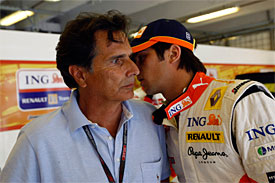 "The
problem is that these days a contract in F1 doesn't mean much, and we
have seen several cases already of drivers and teams breaking
contracts, and it just stays that way. So, the only thing I can do is
drive, do my best and leave my father to do his job and see what he can
do.
"The
problem is that these days a contract in F1 doesn't mean much, and we
have seen several cases already of drivers and teams breaking
contracts, and it just stays that way. So, the only thing I can do is
drive, do my best and leave my father to do his job and see what he can
do.
"I always have to try and do my best, and now that I have a better
chance now that I have the same car, and not only that - but it also
looks like the car is quite quick. Then it is an easier chance to show
something."
Piquet's Hungarian GP was a disappointment, however. He qualified
12th, with Alonso on pole position, and came home a lowly 14th. That
day, however, the wheels for the Singapore controversy were firmly set
in motion. Piquet Sr. contacted FIA president Max Mosley telling him
that his son wanted to make a statement concerning an incident at the
2008 Singapore Grand Prix.
Arrangements were duly made, and Piquet Jr. attended a meeting in
Paris on the Thursday after the Hungarian Grand Prix. It was there he
revealed in sworn testimony to Alan Donnelly, the chairman of the
stewards, plus an FIA external adviser from investigations agency
Quest, his version of events at Singapore.
WHAT DID PIQUET CLAIM?
Once at the FIA, Piquet made it clear that his crash at the
Singapore Grand Prix had been caused deliberately as the result of a
plan put to him by Symonds and Briatore.
His statement said: "During the Formula One Grand Prix of Singapore,
held on 28 September 2008 and counting towards the 2008 FIA Formula One
World Championship, I was asked by Mr. Flavio Briatore, who is both my
manager and the Team Principal of the ING Renault F1 Team, and by Mr.
Pat Symonds, the Technical Director of the Renault F1 Team, to
deliberately crash my car in order to positively influence the
performance of the ING Renault F1 Team at the event in question. I
agreed to this proposal and caused my car to hit a wall and crash
during lap thirteen/fourteen of the race.
"The proposal to deliberately cause an accident was made to me
shortly before the race took place, when I was summoned by Mr. Briatore
and Mr. Symonds in Mr. Briatore's office. Mr. Symonds, in the presence
of Mr. Briatore, asked me if I would be willing to sacrifice my race
for the team by "causing a safety car".
"Every F1 race driver knows that the safety car is deployed on a
track when there is an accident which leads to the track being blocked
either by debris or a stationary car, and where it is difficult to
recover a damaged car, as was the case here." Piquet said that he
agreed to deliberately crash his car because he was 'in a very fragile
and emotional state of mind' following difficult contract talks with
Briatore.
 He
added: "After the meeting with Mr. Symonds and Mr. Briatore, Mr.
Symonds took me aside to a quiet corner and, using a map, pointed me to
the exact corner of the track where I should crash.
He
added: "After the meeting with Mr. Symonds and Mr. Briatore, Mr.
Symonds took me aside to a quiet corner and, using a map, pointed me to
the exact corner of the track where I should crash.
"This corner was selected because the specific location of the track
did not have any cranes that would allow a damaged car to be swiftly
lifted off the track, nor did it have any side entrances to the track,
which would allow a Safety Marshall [sic] to quickly move the damaged
car away from the track. Therefore, it was felt that a crash in this
specific position would be nearly certain to cause an obstruction on
the track which would thus necessitate the deployment of a safety car
in order to allow the track to be cleared and to ensure the safe
continuation of the race.
"Mr. Symonds also told me which exact lap to cause the incident
upon, so that a strategy could be deployed for my team-mate Mr.
Fernando Alonso to refuel at the pit shortly before the deployment of
the safety car, which he indeed did during lap twelve.
"The key to this strategy resided in the fact that the
near-knowledge that the safety car would be deployed in lap
thirteen/fourteen allowed the Team to start Mr. Alonso's car with an
aggressive fuel strategy using a light car containing enough fuel to
arrive at lap twelve, but not much more. This would allow Mr. Alonso to
overtake as many (heavier) cars as possible, knowing that those cars
would have difficulty catching up with him later in the race due to the
later deployment of the safety car. This strategy was successful and
Mr. Alonso won the 2008 Formula One Grand Prix of Singapore.
"I intentionally caused the crash by letting go of control of the
car just before the relevant corner. In order to make sure I would
cause the incident during the correct lap, I asked my team several
times via the radio to confirm the lap number, which I would not
normally do. I was not injured during the accident, nor was anyone
else." Piquet said that the matter was never discussed again after the
race, and claimed that Briatore had discreetly said 'thank you' that
Sunday night.
He also said that he told his family friend and advisor Felipe Vargas about the incident - and Mr. Vargas told Piquet Sr.
"After the race several journalists asked questions about the
accident and asked me whether I had caused it on purpose, because they
felt it was 'suspicious'," added Piquet.
"In my own team, the engineer of my car questioned the nature of the
incident because he found it unusual, and I replied that I had lost
control of the car. I believe that a clever engineer would notice from
the car's telemetry that I caused the incident on purpose as I
continued accelerating, whereas a 'normal' reaction would be to brake
as soon as possible."
Piquet was summoned again by the FIA to provide a secondary
statement with more details of the incident, to provide clearer details
of the timing of events in the build-up to the grand prix - as well as
confirm his view on telemetry data that had been provided by the FIA
Technical Department.
He clarified that the meeting where the crash plan was discussed
took place between 4pm and 5pm on race day - and that it did not last
very long.
"In the course of the meeting, Briatore said very little," claimed
Piquet. "As the meeting drew to a close, Mr. Symonds told me that I
should not speak about the plan with anyone else and said that he would
give me further instructions shortly. I believe the meeting in Mr
Briatore's office lasted no more than ten minutes."
After claiming that Symonds later told him where to crash on the
track, Piquet provided further evidence about how he deliberately
caused the accident.
"After ensuring I was on the designated lap of the race, I
deliberately lost control of my car on the exit to turn 17. I did this
by pressing hard and early on the throttle.
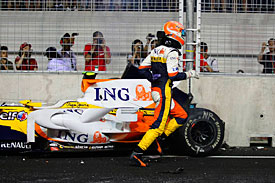 "As
I felt the back end of the car drifting out, I continued to press hard
on the throttle, in the knowledge that this would lead to my car making
heavy contact with the concrete wall on the far side of the track and
thereby cause a crash necessitating the deployment of the safety car."
"As
I felt the back end of the car drifting out, I continued to press hard
on the throttle, in the knowledge that this would lead to my car making
heavy contact with the concrete wall on the far side of the track and
thereby cause a crash necessitating the deployment of the safety car."
He added: "Once the back end of the car had begun to drift out, the
only way of recovering control of the car and avoiding a contact with
the concrete wall would have been to back off on the throttle.
"However, I did not back off the throttle to any material extent.
Rather, I pressed hard on the throttle beyond the moment at which the
back end started to drift out and, indeed, right up to and beyond the
point of impact with the concrete wall."
Kakav podmukao plan  nemreš belivit.
nemreš belivit.
Alonso nije ništa znao naravno  on si misli "uf koja sreća, taman sam si napunio auto gorivom krug prije nego što se moj timski kolega zaletio u zid zbog čega je safety car izašao na stazu"
on si misli "uf koja sreća, taman sam si napunio auto gorivom krug prije nego što se moj timski kolega zaletio u zid zbog čega je safety car izašao na stazu"
[uredio madmax17 - 22. rujna 2009. u 00:11]


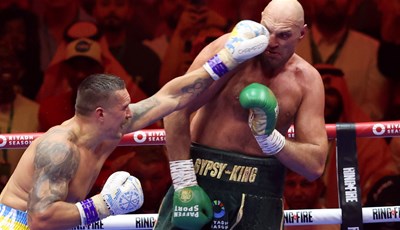
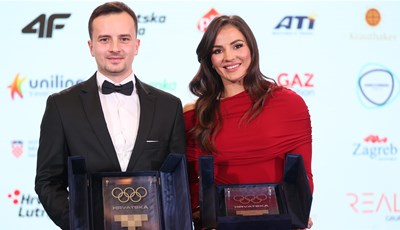
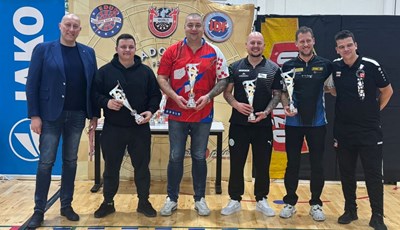
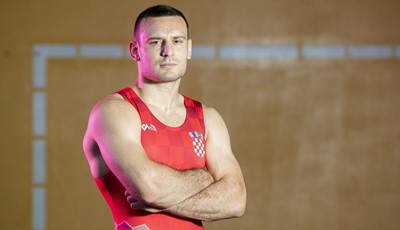
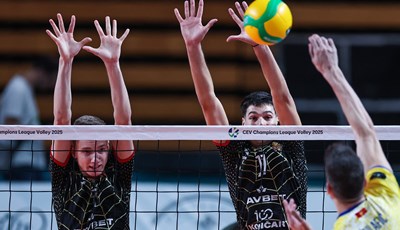
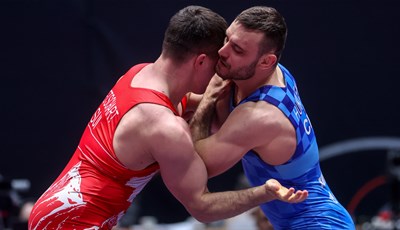
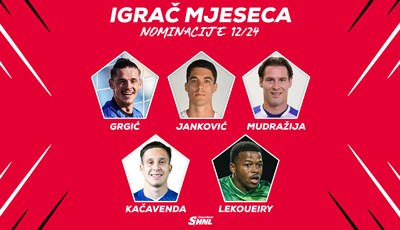
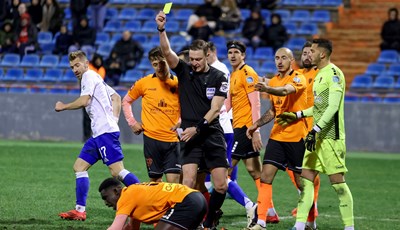


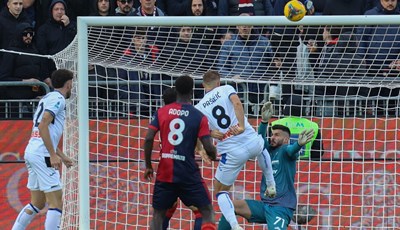
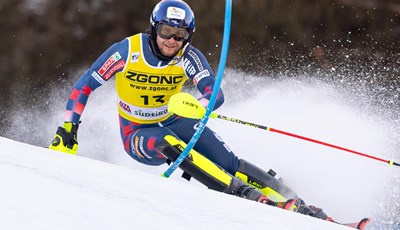
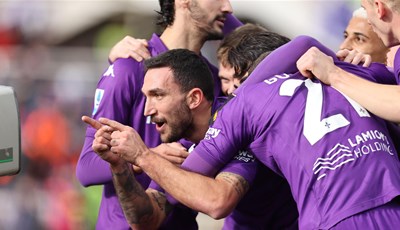
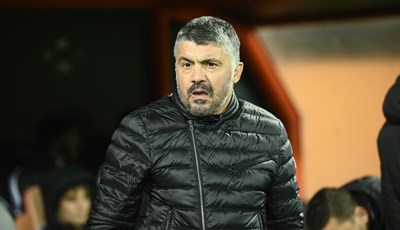

 "The
problem is that these days a contract in F1 doesn't mean much, and we
have seen several cases already of drivers and teams breaking
contracts, and it just stays that way. So, the only thing I can do is
drive, do my best and leave my father to do his job and see what he can
do.
"The
problem is that these days a contract in F1 doesn't mean much, and we
have seen several cases already of drivers and teams breaking
contracts, and it just stays that way. So, the only thing I can do is
drive, do my best and leave my father to do his job and see what he can
do. He
added: "After the meeting with Mr. Symonds and Mr. Briatore, Mr.
Symonds took me aside to a quiet corner and, using a map, pointed me to
the exact corner of the track where I should crash.
He
added: "After the meeting with Mr. Symonds and Mr. Briatore, Mr.
Symonds took me aside to a quiet corner and, using a map, pointed me to
the exact corner of the track where I should crash. "As
I felt the back end of the car drifting out, I continued to press hard
on the throttle, in the knowledge that this would lead to my car making
heavy contact with the concrete wall on the far side of the track and
thereby cause a crash necessitating the deployment of the safety car."
"As
I felt the back end of the car drifting out, I continued to press hard
on the throttle, in the knowledge that this would lead to my car making
heavy contact with the concrete wall on the far side of the track and
thereby cause a crash necessitating the deployment of the safety car." nemreš belivit.
nemreš belivit. on si misli "uf koja sreća, taman sam si napunio auto gorivom krug prije nego što se moj timski kolega zaletio u zid zbog čega je safety car izašao na stazu"
on si misli "uf koja sreća, taman sam si napunio auto gorivom krug prije nego što se moj timski kolega zaletio u zid zbog čega je safety car izašao na stazu"


